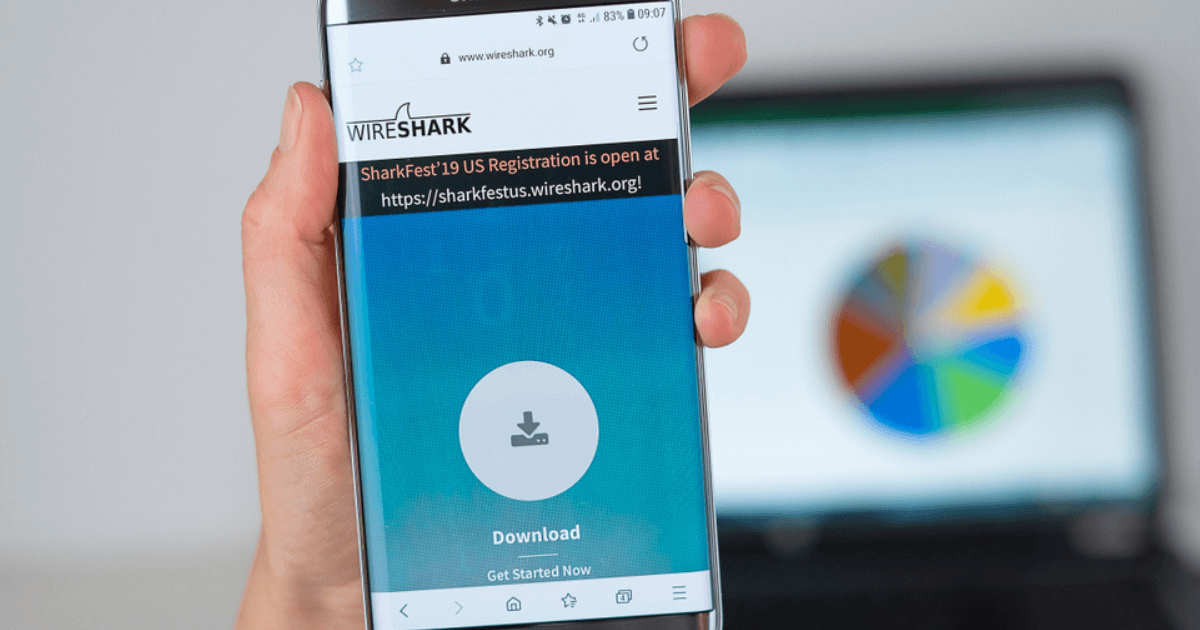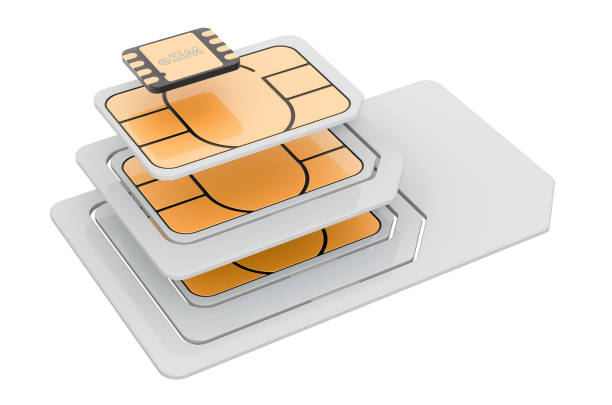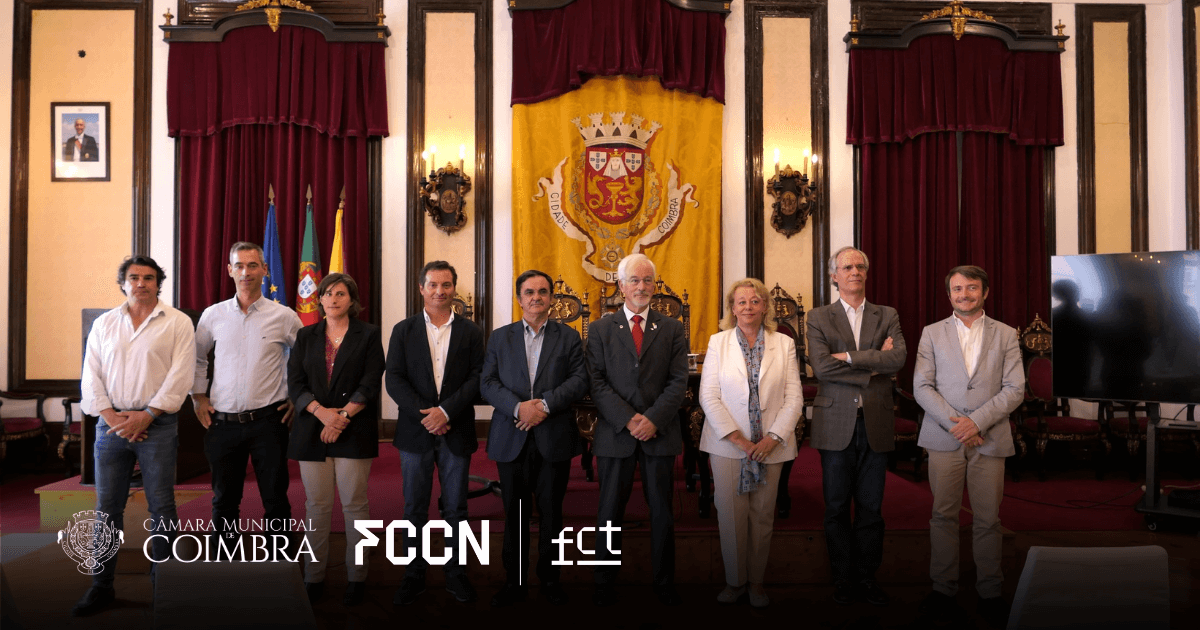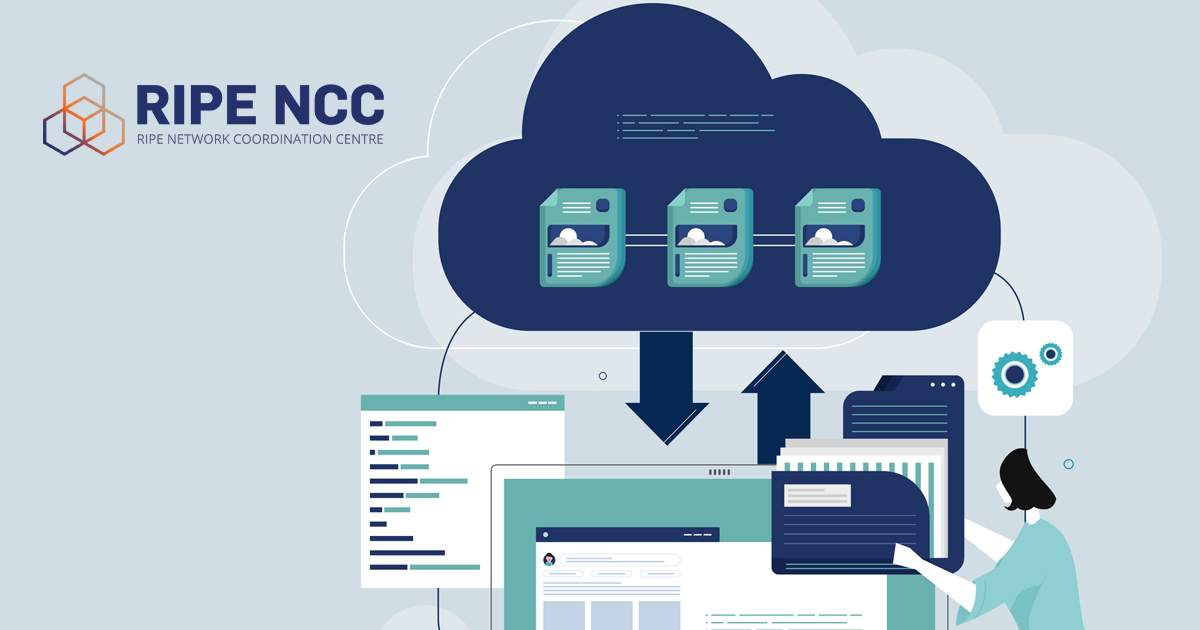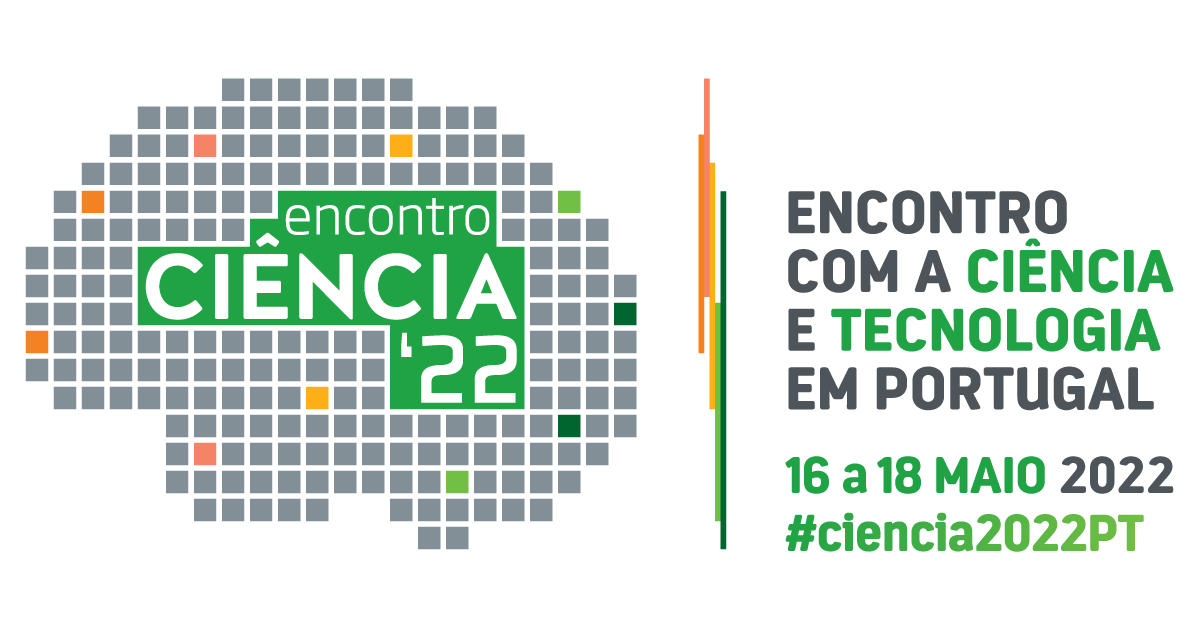

ENUM is perhaps the most talked about protocol of the RCTS VoIP network and the pillar on which the network exists.
But what is ENUM after all?
The ENUM theu E.164 Number Mapping is the protocol that allows the association of telephone numbers to IP resources, such as URLs (Uniform Resource Locators). It plays a fundamental role in the network RCTS VoIP because it is through it that it is possible to make voice calls through the RCTS network and not through the PSTN (operators).
ENUM maps telephone numbers to services or equipment connected to the network.
Identical to DNS (Domain Name System), ENUM works as a name resolution system. The protocol converts the numbering into a domain where each digit of the number is represented by a sequence of characters. The response of a record NAPTR (Name Authority Pointer) of this conversion should indicate the location of the contact, that is, the domain where the number is registered.
To understand the ENUM process, we can manually perform the protocol process. We used the FCCN numbering as an example; however, any number registered in e164.arpa, also known as the "Golden Tree," will also work.
FCCN Contact: (+351) 218 440 100
First, we manually convert this numbering to a specific format, that is, we invert the number and add the e164.arpa domain. Next, we perform an analysis of the information in the NAPTR record for that same domain, as shown in the image below.

The response to this request should be the location of the numbering, in this case, the domain to which this numbering belongs is voip.fccn.pt which in turn will have a record A associated with the domain.

It is to this same IP that the SIP signaling will be sent and thus the call will be successfully completed. It is important to note that the various NAPTR records must be configured in the domain's NAPTR record. SRV with the desired priorities.

The reason it's important for the domain's NAPTR record to have SRVs configured with the different transport types is because ENUM will use one of these services as a resource to make the call. Each SRV record should respond with the domain's own "owner” of the numbering. For example:

In short, ENUM uses NAPTR, SRV, and A records to identify the location of the number registered in the ENUM tree (e164.arpa). Converting this number into a domain allows us to register the number in a manner identical to DNS. The call is made to the A record of the final domain. This allows calls between institutions to bypass the PSTN, using only the RCTS network for calls without paying a single euro.
